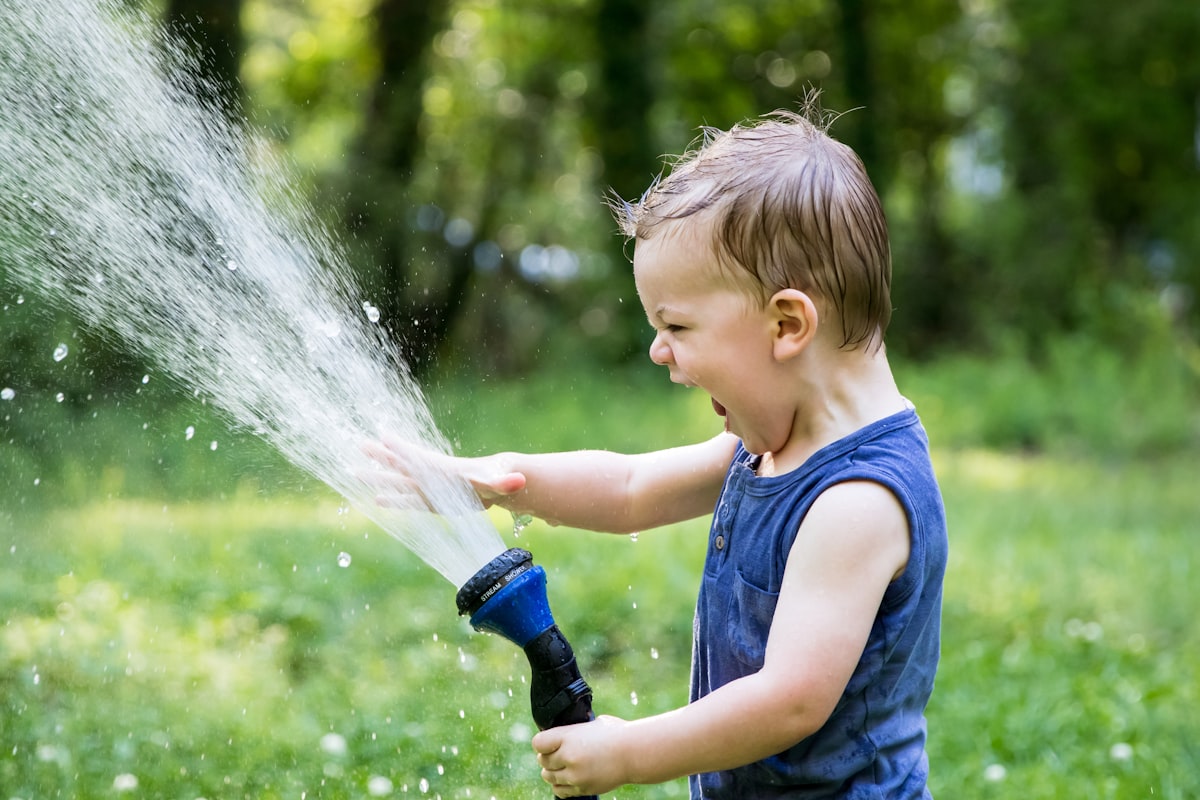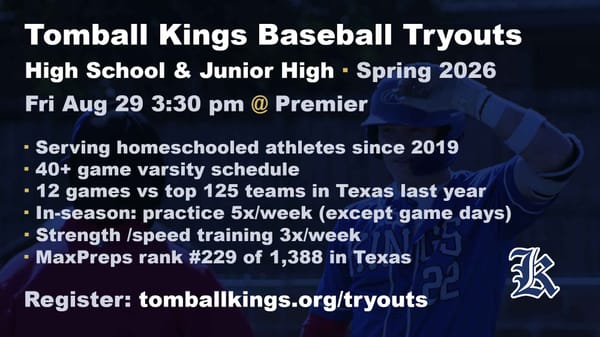It's hot! Perfect weather for young Texans!
Adapting to hot weather is good for our health, but takes time. When high temperatures are upon us, make sure your young athletes acclimatize by spending time outdoors, in the heat, for at least a couple of hours per day.

Tomball TX — With the fall sports season just around the corner and prospects high for playing games in hot weather, allow me to share some perspective on helping young athletes with their ability to perform under such conditions.
Ancient history
I spent the first eight years of my life as a young Texan without air conditioning (yes, I’m that old). We spent most of our summer days outside. We had no conception of suffering in the heat. We weren’t even aware of the heat, so completely normal was it.
Going inside for water was a waste of time, and risky. It would have been lunacy to subject ourselves to the watchful eyes and suspicious questioning of mothers when every yard had a water hose with all we needed to drink.
Modern times
Now pretty much every home has air conditioning. One can drive through neighborhoods for a long time without seeing kids outside playing, no matter the season. Spending hot, summer days indoors, out of the heat, has for many become a way of life.
Some have even come to believe that playing outside in the heat is unhealthy. But that belief ignores our nature.
Among all creatures we are uniquely blessed with the ability to acclimatize. No mammal comes close to human beings in our capacity to regulate our temperatures.
Sweaty is good
We have millions of sweat glands, far more than any other mammal. They cover us from head to toe. Sweating is an air-conditioning system we carry around with us.
Before the days of grocery stores, our ability to sweat was a vital part of our ability to hunt. We could chase prey for hours in the hot sun. Our prey could not sweat as well, if at all, and would eventually overheat and have to stop. At that point the hunt was over.
But while we are born with the capacity to tolerate hot and cold weather, our actual ability to do so depends on what we do after birth. That is to say, our ability to thermoregulate is adaptive. Stress — the stress of being in heat and working (or playing) in the heat — gives rise to that adaptation.
A well-conditioned athlete sweats easily and profusely in response to the demands he places on his body. He acquires this adaptation through progressive exposure to (a) hot weather and (b) exercising in hot weather. But the time frame required for his body to adjust to the demands of hot-weather exertion is measured in weeks, months, and years, not minutes, hours, and days.
Time to prepare
We are four to six weeks away from playing our first baseball games of fall. We will play those games with thin rosters, with every player batting and no player resting more than an inning at a time. We will have an hour of pre-game practice before every game. Thus, each of our players faces between two and three hours of exertion in hot weather, just in order to play a single game.
Some players are already training in the heat three times per week. Many are not. Some among the latter group will struggle to finish games if we cannot get them suitably acclimatized, conditioned, and well-hydrated.
I have two recommendations I hope you will consider.
First, try to make sure your athletes are outside, playing in the heat, almost every day. If they have had little exposure to such activity this summer, start slowly and build up. Build up to three hours per day, prudently. They do not need to be exerting themselves during that entire period of time. Merely being out in the heat will be helpful. But if they cannot eventually be outside in the heat for three hours at a stretch, it will be difficult for them to perform as young athletes this fall for that amount of time, if not impossible.
Second, make keen attention to their hydration a continuous, measured activity. As a rule of thumb, take their body weight in pounds, divide by two, and make sure they are drinking that amount of water in ounces every day. Thus, a one-hundred-pound player should drink fifty ounces of water throughout the day.
While they are outside, of course, they should always have plenty of water at hand. By way of reference, we require every student in our Baseball Performance Program to bring at least forty-eight ounces of water to each ninety-minute class.
My concerns are not theoretical. I witnessed an event recently in which half of the participants were unable to complete what was a fairly low-intensity activity. The weather was hot. The games this fall will be more strenuous, and likely in temperatures that are just as high.
This is not a paean to the good, old days. I do not decry the invention of air conditioners or want to chase down a wildebeest for hours, in bare feet, in order to feed my family (unless I have no other alternative). In many ways and for many reasons, it is not as easy for kids to be outside as it once was, and as parents, we have to be more cautious.
But with due regard for these challenges and constraints, somehow, some way, if at all possible, we have to find a way to get all of our players safely acclimatized and adapted for playing in hot weather, and if that process has not already started, it needs to start within a few days.


